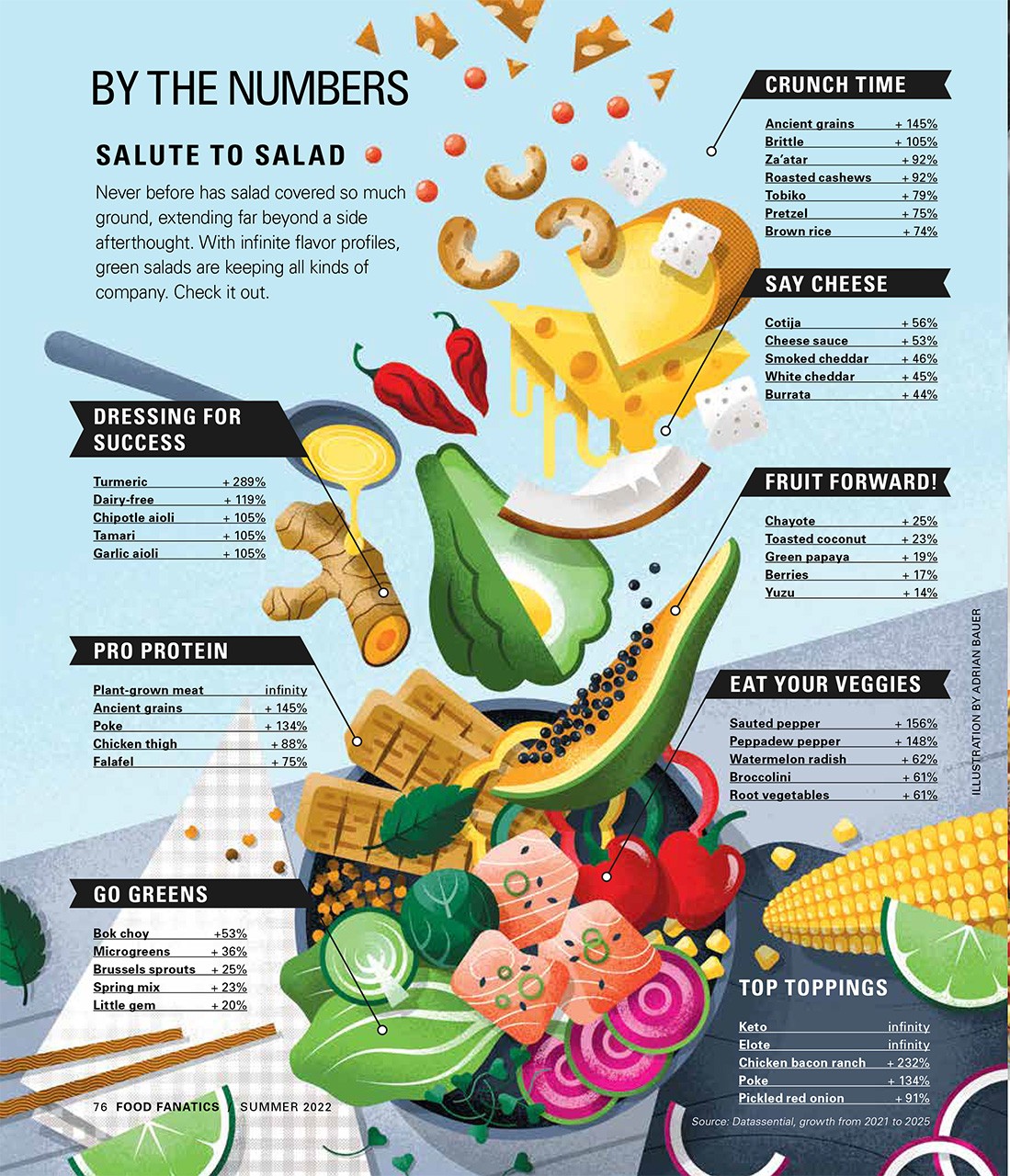Singaporean Food: The Ultimate Asian Mash-Up
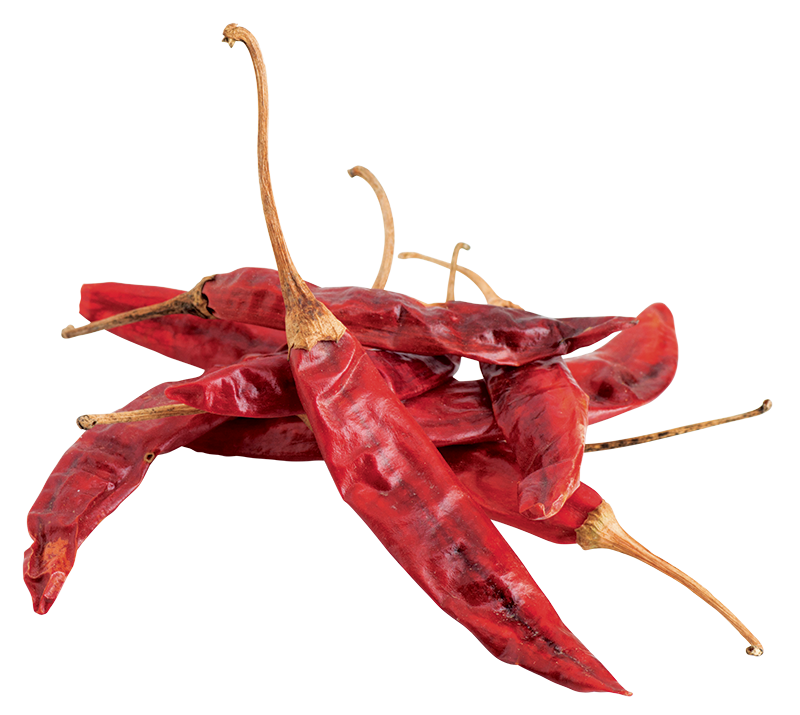 As chefs blur the lines that separate one country’s food from another, Singaporean cuisine is poised to gain ground. It’s the ultimate amalgam of Asian cooking.
As chefs blur the lines that separate one country’s food from another, Singaporean cuisine is poised to gain ground. It’s the ultimate amalgam of Asian cooking.
Singapore’s history as a significant historical trade hub led British, Portuguese, Chinese, Malay, Indonesian, Indian and other cultures to layer their traditions in Singaporean culture, which is reflected in the country’s cuisine today.
“Being such a small country, the one thing that is truly Singaporean is the food,” says Salil Mehta, the chef at Singapura in New York City. “Because that truly represents everything – that mélange of cultures, the marriage of flavors.”
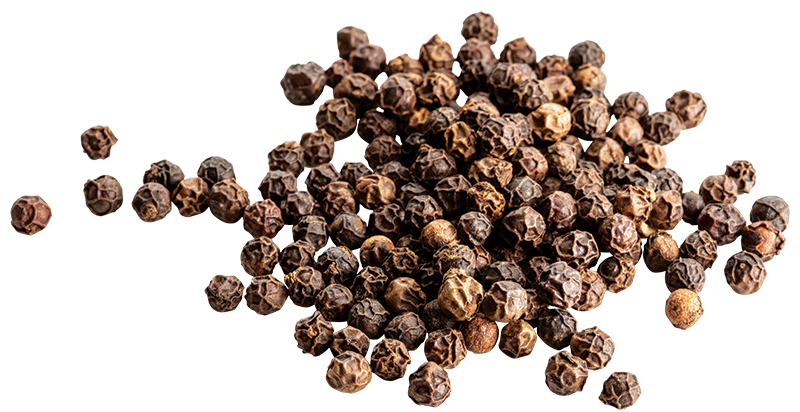 Yet Singaporean cuisine can be nearly impossible to define; the ingredients and preparations are shared by so many countries. “You see some Malay ingredients, some influence from Chinese techniques, things like that,” says Amy Pryke, founder of Native Noodles in New York City.
Yet Singaporean cuisine can be nearly impossible to define; the ingredients and preparations are shared by so many countries. “You see some Malay ingredients, some influence from Chinese techniques, things like that,” says Amy Pryke, founder of Native Noodles in New York City.
That seemingly negative aspect, however, can be positive. Asian ingredients are so ubiquitous that riffing from a native Singaporean component or classic dish is an easy way to insert excitement onto any menu.
Recipes from this article:
CHAR KUEY TEOW
- ❱ MAIN INGREDIENTS: Wide rice noodles, shrimp paste, dark soy sauce, hot chili paste
- ❱ORIGINS: Malaysia, China, Indonesia
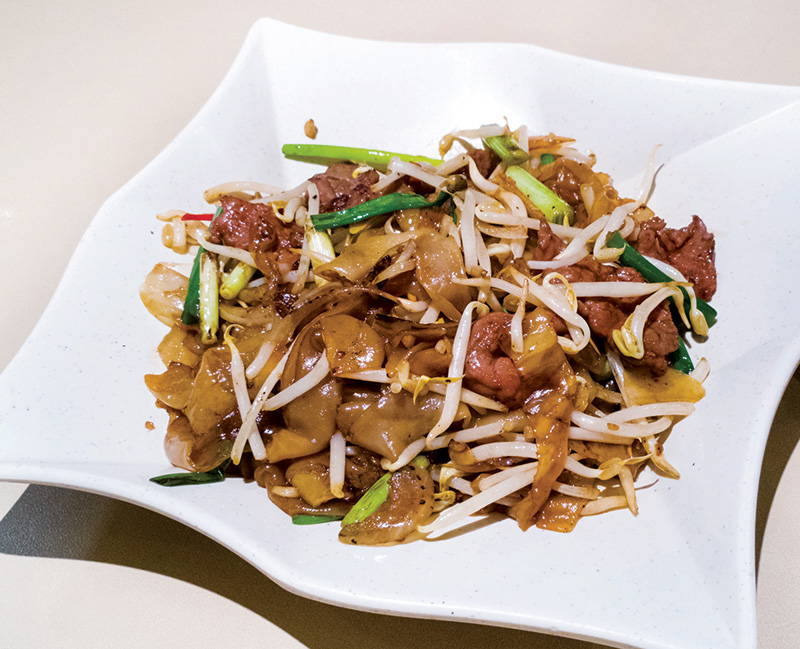 In Malaysian char kuey teow, rice noodles are stir-fried with cockles, Chinese sausage, eggs, bean sprouts and soy sauce. In Singapore, hawkers fry the same components with kecap manis – a thick and sweet caramelized soy sauce from Indonesia – and plenty of shrimp paste. Fried with the Chinese wok technique, it comes together in sweet, salty, smoky satisfaction.
In Malaysian char kuey teow, rice noodles are stir-fried with cockles, Chinese sausage, eggs, bean sprouts and soy sauce. In Singapore, hawkers fry the same components with kecap manis – a thick and sweet caramelized soy sauce from Indonesia – and plenty of shrimp paste. Fried with the Chinese wok technique, it comes together in sweet, salty, smoky satisfaction.
SATAY BEE HOON
- ❱MAIN INGREDIENTS: Rice noodles, peanut sauce, squid, sprouts, chicken
- ❱ORIGINS: Malaysia, Java, Teochew (China)
This niche Singaporean dish is credited to various Teochew hawkers who combine fragrant satay peanut sauce, vermicelli noodles and fish. “It looks like a heap of something on your plate – it can be a little hard to relate to,” says Pryke. For her take, Pryke chose the thick egg noodles Americans often find in pan-Asian sesame noodle dishes and opted out of the fish.
“You want there to be some element of accessibility,” she says of hoping customers explore from there.
NASIL LEMAK
- ❱MAIN INGREDIENTS: Coconut rice, roasted nuts, egg, cucumbers, dried anchovies, sambal
- ❱ORIGINS: Malaysia
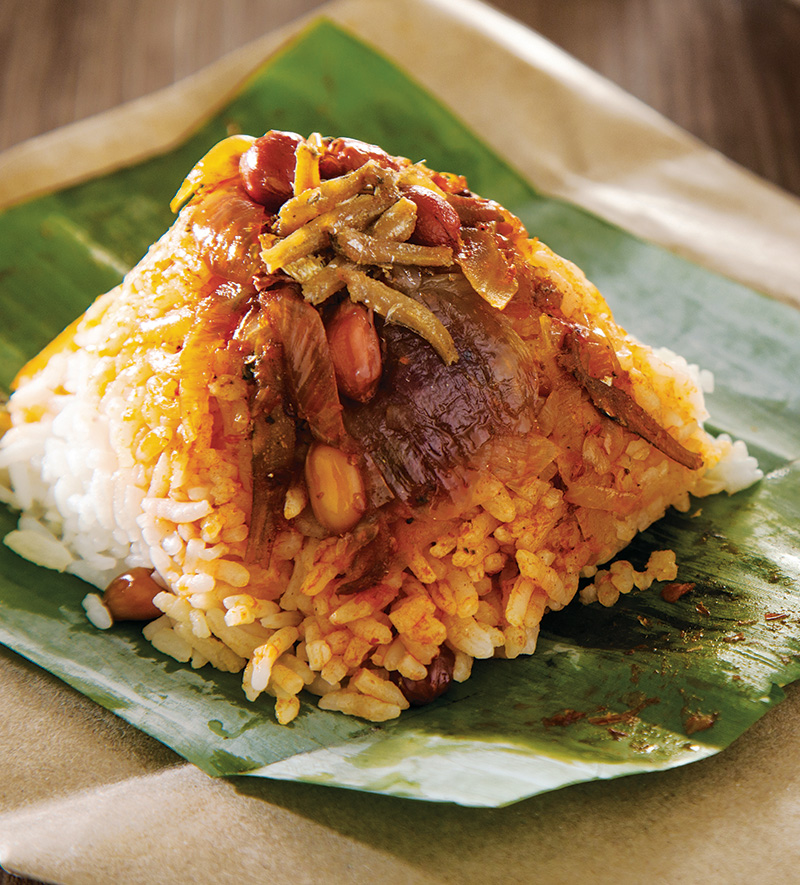 One of Malaysia’s national dishes, this “fatty rice” is incredibly popular across Singaporean hawker culture. In Malaysia, fragrant coconut rice, salty anchovies, egg and sometimes chicken curry or vegetables are served with spicy sambal. In Singapore, the sambal leans into both spicy and sweet. Hawkers are as likely to use basmati rice as jasmine, and add anything from crispy fried chicken, sweet chili, sausage or fried fish.
One of Malaysia’s national dishes, this “fatty rice” is incredibly popular across Singaporean hawker culture. In Malaysia, fragrant coconut rice, salty anchovies, egg and sometimes chicken curry or vegetables are served with spicy sambal. In Singapore, the sambal leans into both spicy and sweet. Hawkers are as likely to use basmati rice as jasmine, and add anything from crispy fried chicken, sweet chili, sausage or fried fish.
LAKSA
- ❱MAIN INGREDIENTS: Coconut milk, shrimp, rice noodles, chiles, shallots, candlenut, curry paste
- ❱ORIGINS: Malaysia, India, China
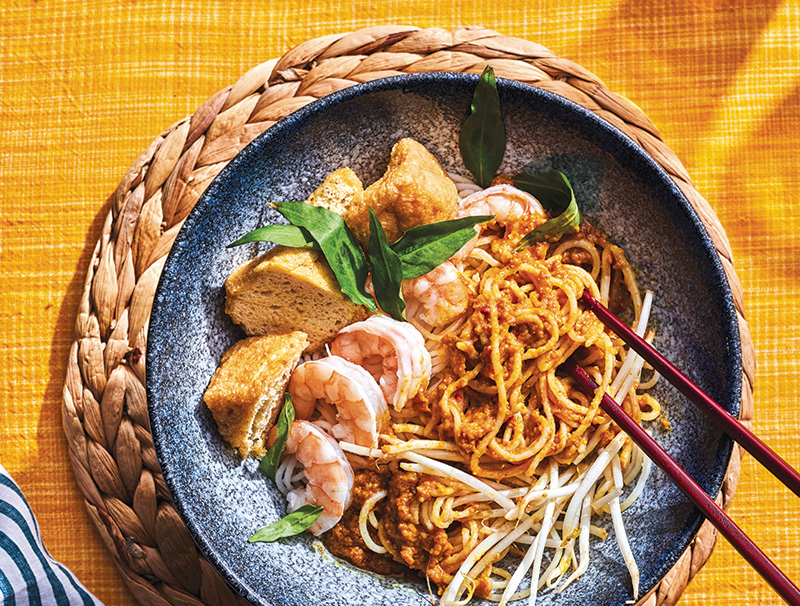 Many variations of this loose, a wet but mostly soup of coconut milk (Indian), rice noodles (Chinese) and spicy shrimp curry paste (Malay) are most Americans’ gateway into Singaporean cuisine. Pryke couldn’t find the particularly coconut-y and shrimp-forward Nyonya Laksa she loves in New York, and debuted her menu with that. “But different styles have grown in popularity in Singapore over the past few years, with businesses creating ‘dry’ versions that are stir-fried or sauce-based,” she says. Keeping up with evolution, she now offers both versions on her menu.
Many variations of this loose, a wet but mostly soup of coconut milk (Indian), rice noodles (Chinese) and spicy shrimp curry paste (Malay) are most Americans’ gateway into Singaporean cuisine. Pryke couldn’t find the particularly coconut-y and shrimp-forward Nyonya Laksa she loves in New York, and debuted her menu with that. “But different styles have grown in popularity in Singapore over the past few years, with businesses creating ‘dry’ versions that are stir-fried or sauce-based,” she says. Keeping up with evolution, she now offers both versions on her menu.
HAINANESE CHICKEN
- ❱MAIN INGREDIENTS: Poached chicken, ginger, scallions, rice and accompaniments
- ❱ORIGINS: Hainan, China; Malaysia
Originating from southern Chinese settlers, this ginger-poached chicken and rice dish has traveled across almost every Asian country. In Hong Kong, it’s served with a dipping mix of five spice, monosodium glutamate, salt and sugar. In Thailand, it’s served with tao-jiao, a soybean sauce mixed with garlic and cilantro. In Singapore, it’s served with fiery hot sauce to contrast the fragrant ginger. “Hainanese chicken would probably be the one dish that Singapore perfected,” says Mehta.
BEE HOON OR SINGAPORE NOODLES
- ❱MAIN INGREDIENTS: Vermicelli noodles, soy sauce, vegetables, seafood
- ❱ORIGINS: China, Hong Kong
In Singapore, hawkers fry bee hoon, vermicelli noodles with vegetables and fish, or serve it for breakfast with Spam or sausage. But the dish has roots in China, where noodles are fried with soy sauce and vegetables. “Then someone immigrated to Hong Kong and fried it with curry powder. Others immigrated to Singapore and did it without. And immigrants from Hong Kong moved to the U.S. and started to put it on menus as Singapore Noodles,” says Pryke of the curry-heavy version. “It’s an example of how people have different interpretations.”
FISH HEAD CURRY
- ❱MAIN INGREDIENTS: Grouper head and spicy coconut curry
- ❱ORIGIN: India, Malaysia, China
Most Indians in Singapore are from Tamil, a southern state known for particularly thick and fiery curries. According to Mehta, fish head curry came when Indian curry chefs adapted to serving Chinese clientele, who prized the fish heads they wouldn’t traditionally include. The funky fish heads add a tender texture to thick coconut curry, with okra and eggplant often laced with sweet tamarind, spicy ginger, turmeric and fish curry powder.
MEE GORENG MAMAK
- ❱MAIN INGREDIENTS: Yellow noodles, cucumber and tomato sambal
- ❱ORIGINS: Malaysia, Indonesia, China, India
A vegetarian noodle dish, Indian Muslims in Singapore sauté fresh yellow noodles in a sambal of ketchup, soy sauce, oyster sauce and dark caramel soy sauce. “The flavor profile is so Indian, but the execution is so Chinese,” says Mehta. “That makes it very Singaporean.”
CHILI CRAB
- ❱MAIN INGREDIENTS: Crab, chili sauce
- ❱ORIGIN: Singapore
This Singapore national dish was created in the 1950s by hawker Cher Yam Tian. The broth is sweet, spicy and somewhat eggy – a combination of onions, garlic, tomato, chili paste and the broth from the crab as it simmers and stews. Singaporean hawkers and restaurants lean a little onto the sweet side, adding a sometimes-heavy hand of sugar. But the sweet-and-savory balance that slathers throughout is key.



